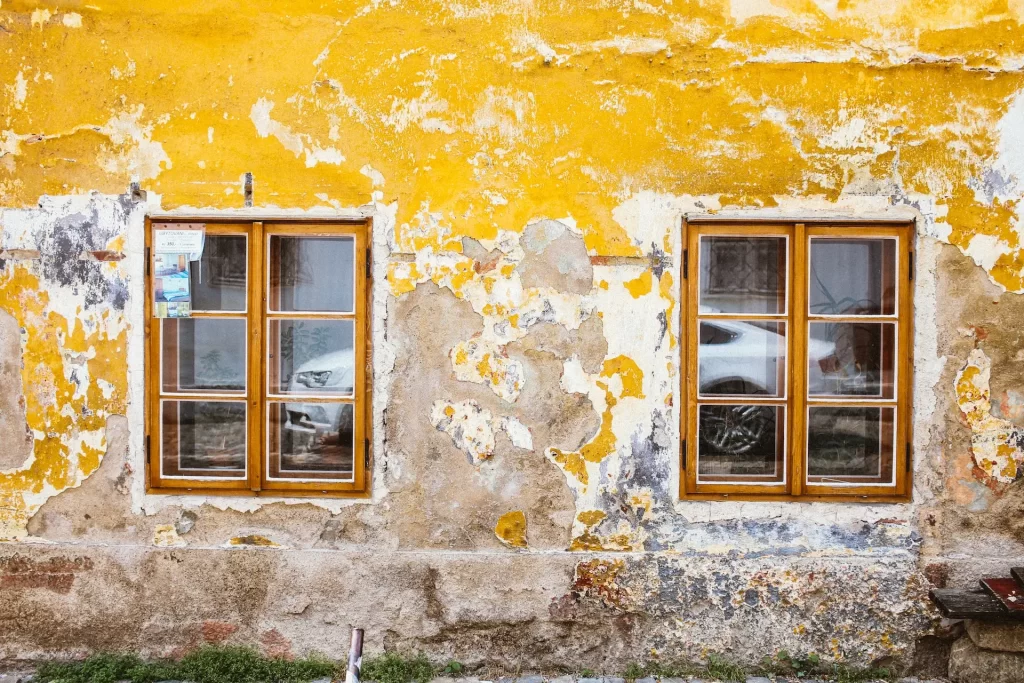
For homeowners, painting a room a new color may be a fascinating project. One of the simplest ways to revitalize a space is to use this technique. However, there are some situations when Remove Old Paint is a vital initial step. The first obstacle to clear on your path to the renovated room you seek is knowing when and how to remove old paint from your walls properly. For homeowners, painting a room a new color may be a fascinating project. One of the simplest ways to revitalize a space is to use this technique. However, there are some situations when removing the old paint is a vital initial step. recognizing when and how to effectively remove old paint from your walls serves as the initial challenge to surmount on your journey to achieving the revamped room you desire.
When To Remove Paint
When you start a room painting project, the previous paint doesn’t always have to come off. For instance, if you applied the paint recently and it is still in good condition, you often do not need to remove the old paint. Removal becomes essential when the existing paint has a texture that doesn’t match the finish you want or when it has problems like specific areas of chipping, peeling, or cracking. An uneven and ugly new paint job can emerge from attempting to paint over such troublesome old paint.
Paint Removal Methods
You must take a few safety precautions before starting the process of remov old paint from your walls. To begin, spread a covering over the floor to catch any paint splatter that may fall throughout the removal procedure. Additionally, move any furniture in the space to protect it from any harm.
To further promote a safer and more comfortable working environment, ensure you adequately ventilate the space to minimize the risk of inhaling dust particles and chemical vapors.
Sanding and Scraping
It’s crucial to follow a methodical procedure when choosing hand paint removal. Start by giving the wall a thorough cleaning with soap and water. After that, use equipment like a wire brush, an electric sander, or a sanding block to gently abrade the painted surface in order to reduce its adherence.
When the paint has sufficiently thinned, use a scraper to remove any flaking or bubbling areas. Return to the sander once these troublesome places have been fixed to make sure the leftover paint has been removed, leaving the wall smooth and prepped for the future paint application.
Chemical Paint Strippers
It’s crucial to take extra precautions while using chemical paint strippers. Put your safety first by donning long sleeves, a respirator, or a face mask, and putting on strong, chemical-resistant rubber gloves. To protect oneself from any potential risks related to the substances involved, these precautions are essential.
Depending on the type and substance, most paint strippers are normally applied with a paintbrush directly to the wall and allowed to sit for anywhere between five and twenty minutes. You’ll notice that the paint starts to bubble and chip as the paint stripper begins to work, making it easier to remove the paint from the wall. Certain paint remover brands may occasionally need numerous coats, which makes it necessary to remove paint between each application to achieve the desired results.
Heat
The theory of using heat to remove paint is similar to that of paint strippers, except instead of using a chemical solution, you use a heat gun to cause the old paint to bubble and flake. Once the paint has bubbled up, removing it is simpler. It’s important to note that although though this approach doesn’t use chemicals, heated old paint can still release fumes, so it’s best to continue wearing a face mask for protection throughout the procedure.
Caution on Lead Paint
There is a chance that your home’s original painting, especially in older rooms from the 1970s or earlier, may have involved lead-based paint. Before commencing any paint removal in such a situation, you must conduct a lead content test because chipping lead paint can result in the release of hazardous lead dust.
Remember that traditional removal techniques like sanding or heat application should never be used due to the significant health concerns associated with lead-based paint. Instead, employ chemical strippers to remove paint. To ensure the safety of those working with lead-based paint, seek professional advice and take extra precautions for both yourself and the environment.
After safely removing the lead-based paint, you can proceed to revitalize the space with our odorless* interior wall paint, creating a more attractive and secure environment.
https://sydneyshinepainting.com.au/wall-paint-ideas-and-designs/
https://sydneyshinepainting.com.au/the-art-of-perfect-color-combinations/
https://sydneyshinepainting.com.au/how-to-choose-a-color-palette-for-your-home/
https://sydneyshinepainting.com.au/the-psychology-of-color/
https://sydneyshinepainting.com.au/painting-the-wall-step-by-step-tutorial/
https://sydneyshinepainting.com.au/top-10-equipment-youll-need-to-paint-your-house/
